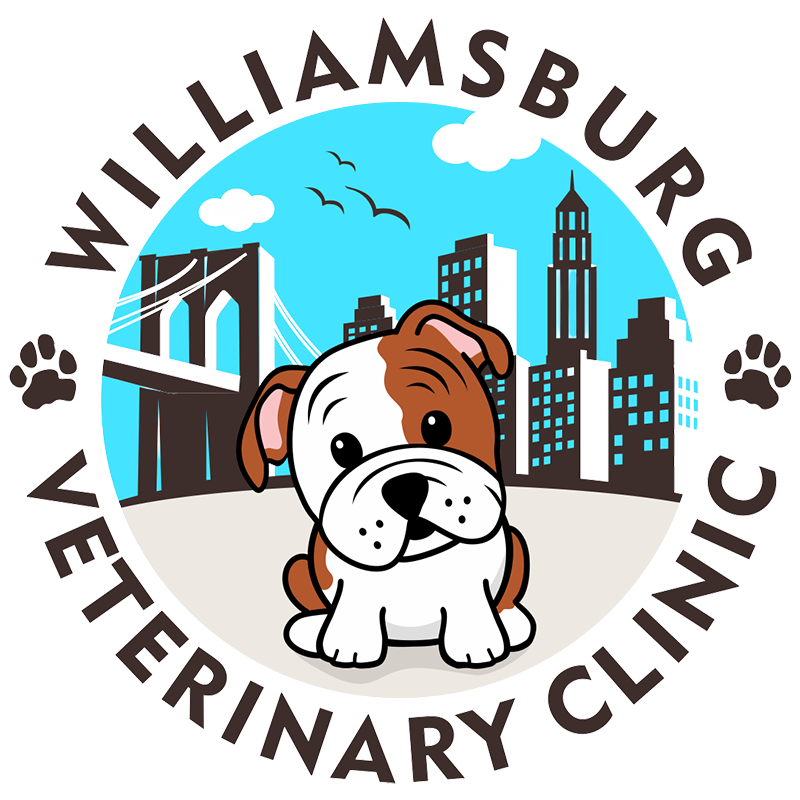Anesthetic Procedures
AnestheticeProcedures
Your animal is going to be scheduled for an anesthetic procedure and we know you may have many questions. Here are the most frequently asked questions about what you can expect on the day of your animal’s procedure.
Anesthetic Procedures FAQs
How do I prepare my animal for anesthesia?
Your pet can be fed dinner the night before the procedure, but you should withhold any food after midnight and the morning of the procedure. Access to water is fine. If your animal is on long-term medications (i.e., fluoxetine), give their medication as usual on the morning of the procedure in a pill pocket or small amount of food. You will drop-off your animal to the clinic between 8:30-9:00 AM.
Where is my animal kept while waiting in the hospital?
Your animal will be housed in a quiet cage with soft bedding. They are checked regularly while they await their procedure. Cats are kept in a separate cat ward to minimize their anxiety. Dogs are walked midday and cats have access to litter boxes.
How will my animal act and feel after the procedure?
Your animal may be sleepy after sedation or anesthesia, and may continue to feel a little lethargic the next day. They will be able to get up and move around, and may be hungry after their procedure. They should be feeling and acting normally by 24 hours after their procedure. Ifyour animal has a skin incision, they will be sent home with an Elizabethan collar or Onesie toprevent licking and scratching at the surgery site. In some cases, they may not defecate for acouple of days after the procedure due to the medications used, but this is normal. They will eventually poop.
Will there be a surgical follow-up appointment?
Will there be a surgical follow-up appointment?You can schedule a follow-up tech appointment 10-14 days after their procedure so we can lookat incision or extraction sites and let you know whether they can return to normal activity.
What can I expect on the day of my animal’s procedure?
Multiple procedures are scheduled each day. Generally, the soft-tissue procedures (i.e., spays,neuters, and soft tissue surgeries) are performed first with dental procedures following. Depending on the number and type of procedures scheduled, your pet may be released from the hospital anytime between 2:00-7:00 PM. You will be given an update midday if the procedure is later.
What type of anesthesia will my pet receive?
We use multi-modal anesthetic techniques, which means we can use lower doses of multiple drugs to achieve safe and effective sedation and anesthesia. Most procedures will require inhaled gas for deeper anesthesia. For general anesthesia, your animal will have an endotracheal tube and an IV catheter placed and will be closely monitored with an EKG, pulseoximeter, blood pressure monitor, and respiratory and temperature readings throughout the procedure. A trained veterinary technician assists the veterinarian in monitoring your animal throughout the procedure.
What is the recovery time?
Full soft-tissue healing time takes 10-14 days, so you will need to keep your animal quiet and calm during the healing process. For soft-tissue surgeries, this means no high impact activity such as running or jumping. We can send your pet home with a sedative if you think they will need it. For dental extractions, this means feeding only soft-food for 10 days.
